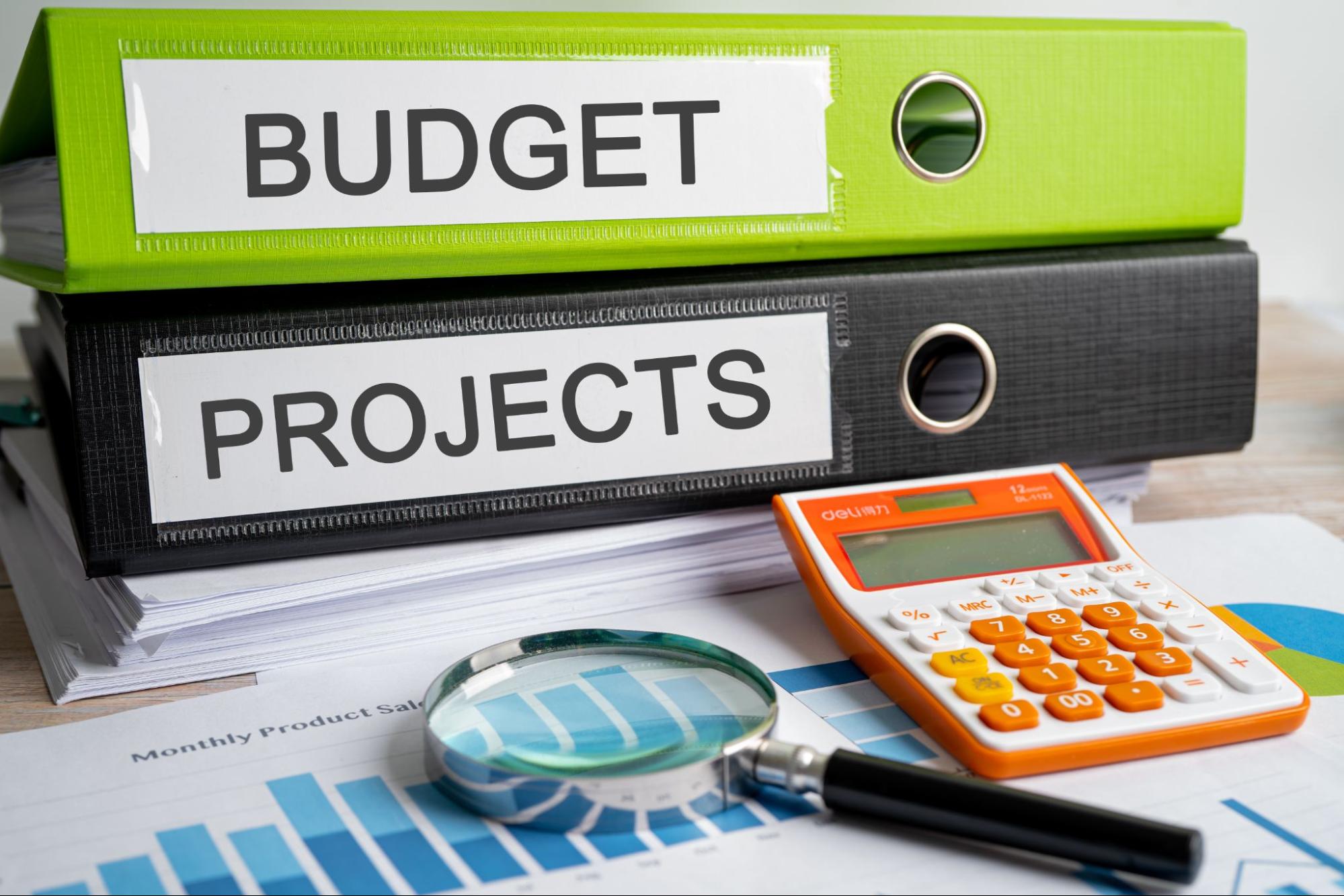
Should You Budget Above the Estimate? How to Prepare for Project Costs
In construction and restoration, project costs rarely stay confined to initial estimates. Different unexpected factors can drive expenses beyond what was initially planned. Overruns can result from hidden complexities, fluctuating material prices, or unforeseen labor needs, catching even the most experienced contractors off guard. This unpredictability makes it crucial to budget above the estimated amount to keep projects on track. While tools provide detailed estimates, an additional financial cushion helps secure successful project completion without financial strain.
Why Project Cost Estimates Often Fall Short
Project costs are rarely fixed, and estimates often miss hidden factors that drive up expenses. It’s common for projects to exceed initial projections, resulting in budgetary challenges that can delay timelines and impact quality.
Complexity and Scope Changes
Construction projects frequently encounter unexpected complexities that can increase labor and material costs. Design changes, unforeseen structural issues, or scope modifications may require more resources than initially planned. Therefore, preparing for these adjustments early in the budgeting process is essential.
Material Price Fluctuations
The cost of materials can change rapidly due to market volatility, supply chain issues, or seasonal demand. Projects that span long durations are particularly susceptible to these price shifts, which can significantly impact budgets if not anticipated. A contingency budget helps counteract these fluctuations and maintain financial stability.
Unplanned Labor Costs
Labor costs can increase due to factors like workforce shortages, overtime requirements, or the need for specialized expertise. In construction, skilled labor shortages are common, which can raise wages and strain project budgets. An additional buffer can cover these extra costs without compromising the timeline.
Benefits of Budgeting Above the Project Estimate
Budgeting above the estimate protects the project timeline and quality. It helps contractors and clients avoid last-minute surprises, ensuring projects proceed smoothly. Below are some key benefits of a well-prepared contingency budget:
Reduced Financial Strain
Budgeting above the estimate can minimize financial strain by providing a cushion for unexpected expenses. When unanticipated costs arise, this buffer allows the project to stay within a manageable financial range. This stability prevents seeking emergency funds or disrupting other budgeted areas.
Improved Project Flexibility
Extra funds enhance project flexibility, allowing contractors to address unforeseen challenges efficiently. This flexibility keeps projects moving forward despite unexpected changes, minimizing the risk of delays and ensuring a smoother workflow.
Enhanced Client and Contractor Trust
A budget that includes a contingency shows clients that the contractor is prepared for all possibilities. This readiness fosters trust between contractors and clients, as clients feel assured that the project will stay on track even if costs exceed initial estimates. Such trust can lead to better client relationships and future project opportunities.
Types of Costs to Consider in Project Budgeting
Project costs include more than just materials and labor. Preparing for various cost types strengthens budget reliability and avoids surprise expenses. The following are some of the main cost categories to consider.
Direct Costs
Direct costs are expenses directly tied to project execution, including materials, labor, and equipment. These costs are essential to project completion and typically make up the largest portion of the budget. Monitoring these costs closely can help ensure that other budget areas remain intact.
Indirect Costs
Indirect costs cover overhead expenses that support the project but aren’t directly tied to specific tasks, such as administrative fees, utilities, and site management. Including these costs in the budget ensures adequate funding for all project aspects.
Contingency Costs
Contingency costs are funds set aside expressly for unexpected expenses that may arise during the project. These costs are a financial safety net, covering unforeseen changes, material price hikes, or additional labor requirements. Allocating contingency funds helps keep the overall budget intact, even when unexpected costs occur.

Essential Factors in Project Cost Estimation
Accurately estimating project costs requires attention to detail. Each factor in the estimation process impacts the final price. Understanding these elements can improve budgeting accuracy and prevent significant overruns.
Project Scope and Complexity
The project scope defines the breadth of work required, including timelines, tasks, and materials. Projects with a detailed scope have fewer budget surprises. However, complex projects with numerous requirements may need extra funding to cover hidden or overlooked elements.
Location and Accessibility
The project’s location and accessibility can influence logistical and labor costs. Remote or challenging locations may require specialized transportation, additional permits, or more time for material delivery, which can increase the budget.
Permits and Compliance Costs
Permit and compliance fees vary widely depending on local regulations, and unanticipated compliance requirements can create additional expenses. Contractors can better anticipate the overall project budget by including these costs in the initial estimate.
Leveraging Estimating Tools for Accurate Project Costs
Estimating tools help create reliable estimates and improve cost accuracy. However, they work best when used alongside strategic budgeting practices. Here’s how these tools contribute to practical project cost estimation:
Quick and Detailed Estimates
Online estimating software allows users to generate quick yet detailed project estimates tailored to industry standards. This tool provides a structured approach to cost estimation, covering labor, materials, and other essential elements with precision. This speed and detail streamline the budgeting process, making it easier to develop a baseline budget.
Adjustable Cost Variables
Estimating tools enable users to adjust cost variables in real time, ensuring estimates reflect current market conditions. This flexibility allows for on-the-spot updates to material and labor costs, providing a more accurate picture of expected expenses and supporting better financial decisions.
Enhanced Data Precision
With its data-driven approach, online estimating software like XactimateⓇ improves the precision of cost estimates by incorporating the latest industry data and pricing trends. This accuracy makes it easier to create a well-informed budget, though it’s still wise to include an additional financial cushion for unexpected costs.
How to Effectively Budget Above Project Estimates
Going beyond estimates requires strategic budgeting. Preparing wisely balances cost and quality, helping projects stay on course without financial strain. Here’s how to budget effectively above the initial estimate:
Set a Contingency Percentage
A recommended approach is to allocate 10 to 20% of the total project costs for unforeseen expenses. This percentage provides a robust safety net, covering additional labor, material cost spikes, and unexpected repairs. A set percentage also offers flexibility, ensuring the project can adapt to changes without sacrificing quality.
Monitor Market Trends
Staying informed on material and labor market trends allows contractors to anticipate potential cost shifts. Rising demand, supply shortages, or economic factors can impact prices, making tracking these changes throughout the project critical. By doing so, contractors can proactively adjust the budget and avoid major surprises.
Include Stakeholder Input
Consulting stakeholders during the budgeting phase ensures that all project perspectives are considered. Clients, subcontractors, and suppliers may have insights into potential costs or risks, which can help create a more comprehensive budget. This collaboration strengthens project planning and minimizes the likelihood of overlooked expenses.

Risks of Underestimating Project Costs
Underestimating project costs can lead to challenges impacting the project timeline and quality. Failing to allocate enough funds risks stalling the project and creates a stressful environment for contractors and clients. Below are some common risks of underestimating project costs:
Project Delays
When funds run low, projects often experience delays as contractors scramble to secure additional financing. These delays can affect every project stage, as each step relies on the timely completion of the previous one. The result is a disrupted timeline that can strain resources and potentially lead to penalties or client dissatisfaction.
Quality Compromises
When budgets tighten, there’s often a temptation to cut corners to stay within the available funds. This can lead to cheaper, lower-quality materials or reduced skilled labor hours, compromising the project’s quality and durability. Projects completed under tight budgets may require frequent repairs and maintenance, impacting client satisfaction and overall value.
Reputation Damage
Consistently underestimating costs and exceeding budgets can harm a contractor’s reputation. Clients may lose trust, perceiving budget overruns as signs of poor planning or lack of expertise. This can affect future project opportunities, as potential clients may hesitate to work with contractors known for budget issues. Accurate budgeting and transparent communication are vital to maintaining a positive reputation in the industry.
Determining the Right Amount for Contingency Funds
Budgeting above the estimate is essential, but setting the right contingency amount requires thoughtful consideration. Allocating too little can leave projects vulnerable, while too much may tie up funds unnecessarily. Here’s how to assess the appropriate contingency level for your project:
Project Complexity and Size
The complexity and size of a project are major factors in determining the appropriate contingency amount. Large-scale or intricate projects tend to have more variables, which increases the likelihood of unforeseen costs. In such cases, a contingency of 15-20% of the total budget may be advisable, as it provides flexibility to handle the increased potential for surprises.
Historical Data Review
Analyzing past projects similar in scope and complexity can help contractors anticipate the types of unexpected expenses they may encounter. Reviewing these projects can provide insights into common budget overruns and the typical contingency amounts required. Historical data enables more accurate predictions of contingency needs, which supports better budgeting decisions.
External Risk Factors
Considering external factors such as weather, economic conditions, and regulatory changes is crucial when determining contingency amounts. For instance, projects in regions with volatile weather conditions may require more contingency to address potential weather-related delays and damages. Similarly, projects affected by fluctuating material prices due to economic shifts may benefit from a higher contingency percentage to accommodate these price changes.
Keep Your Project on Track With Flexible Budgeting
Proactive budgeting is essential for a successful project in the construction and restoration industry. Budgeting above the estimate enables you to navigate unexpected challenges, protect quality, and keep timelines intact. Flexible budgeting isn’t just about having extra funds; it’s about preparing for real-world variables that influence project success. A thoughtful, comprehensive approach to budgeting will help you manage costs effectively, secure client trust, and complete projects without unnecessary financial strain. As you plan your next project, prioritize a robust and flexible budget strategy over the temptation to cut initial costs. This approach will serve you well, ensuring projects finish smoothly and to high standards, no matter the surprises that arise.
Discover expert tips for managing project costs on our Estimate Solutions blog.
